“Four Hours At The Capitol” is a harrowing and gripping look at the unthinkable events that took place one year ago today on January 6.
Today is the one-year anniversary of the deadly January 6 Capitol riot, a day that will forever live in infamy.
After Trump lost to President Joe Biden in the 2020 election, the former president helped stoke the fires of a dangerous conspiracy theory that widespread fraud led to his defeat. On January 6, 2021, following an impassioned speech by Trump, hundreds of his supporters stormed the Capitol in an attempt to stop Congress’ confirmation of Biden’s win.
On the way into the Capitol, they battled with police officers; according to the Department of Justice, approximately 140 police officers were assaulted. Hundreds of those who entered the Capitol have been charged with various crimes, including more than 50 who have been charged with using a deadly or dangerous weapon or causing serious bodily injury to an officer.
The House impeached Trump a week later for inciting an insurrection. The Senate acquitted him.
Unfortunately, unlike so many other tragedies in our nation’s history, this shameful day did nothing to bring our country closer together or narrow the schism in our divided political landscape.If anything, that divide is deeper and wider than ever before. And an overt attack on our nation’s foundational principles and bedrock of our democracy was met with as much celebration as condemnation, as much tacit approval as outrage.
Trump has repeatedly defended rioters (as have many of his allies in Congress and Fox News) while continuing to rail against “the total bias and dishonesty” of the media and the House select committee investigating Trump’s role in the Jan. 6 attack.
As someone who closely follows news and current events, I have seen countless footage of that horrific day, and I’ve watched how those events have been portrayed in both conservative and liberal media, as well as how politicians on both sides of the aisle have tried to recount or reshape those events in an attempt to control the narrative.
I thought I had seen it all, but I was wrong.
In honor of the anniversary, I finally set aside time to watch the absolutely chilling and extremely well-produced documentary from Jamie Roberts called Four Hours At The Capitol that premiered on HBO on October 20, 2021.
The title alone is enough to instill horror.
It’s a sobering reminder of just how long it took for any help to arrive once things turned ugly; just how long then-President Trump watched those nightmarish events unfold on a television screen — reportedly with great enthusiasm — before issuing any kind of a statement to those he incited to violence.
The New York Times released a steller interactive timeline of the events from start to finish, which you can explore in detail here. But here’s a brief synopsis of the timeline:
Just before noon, a massive crowd gathers at the White House to listen to Trump’s speech. About 15 minutes into that speech, Trump tells rally attendees to walk to the Capitol. “You have to show strength,” he says. At that time, the Capitol grounds are protected by temporary perimeter fences, and there are few officers equipped to defend them.
Around 1 pm, the first barriers are breached. A violent clash with protestors and Capitol police continues for the next hour when rioters overpower the officers (shortly after 2 pm) and enter the Capitol building while Congress is in session. The siege continues, with the mob becoming increasingly violent, dragging and beating officers.
Three hours pass before the sergeant-at-arms declares the building secure.
At 4:17 p.m. (two hours after rioters entered the Capitol), the White released a video of Trump in which he addresses the rioters with words of support and solidarity.
“I know your pain, I know you’re hurt. We had an election that was stolen from us. It was a landslide election and everyone knows it, especially the other side. But you have to go home now. We have to have peace. We have to have law and order. We have to respect our great people in law and order. We don’t want anybody hurt.
It’s a very tough period of time. There’s never been a time like this where such a thing happened where they could take it away from all of us — from me, from you, from our country. This was a fraudulent election, but we can’t play into the hands of these people. We have to have peace. So go home.
We love you. You’re very special. You’ve seen what happens. You see the way others are treated that are so bad and so evil. I know how you feel, but go home, and go home in peace.”
Since that dark day, Trump repeatedly appeared in interviews, expressing love and admiration for the insurrectionists — just as his party has shifted toward support for those who engaged in political violence that day, with many even going so far as to dramatically downplay the actual events in public speeches and on the floor of Congress.
Four Hours At The Capitol chronicles those frightening hours through shocking, never-before-seen footage of the events and candid interviews with those involved, including Senators, police officers, and rioters.
The documentary begins with Michael Fanone, one of the officers who suffered serious injuries that day and nearly lost his life at the hands of rioters, explaining, “January 6 started off pretty much like any other day.”
No one expected a public temper tantrum over losing an election to turn into one of the darkest days in America’s history — and one of the biggest threats to our democracy.
Four Hours At The Capitol lets us see the terror through the eyes of the officers who were understaffed, overrun, and woefully unprepared for the violence that erupted that day. We get a sense of what it was like for the politicians who genuinely feared their lives were in danger.
Especially compelling and gut-wrenching is the interview with Leah Han, an aide to House Speaker Nancy Pelosi, explaining through tears what it was like to cower under a desk in a dark office while an angry mob pounded on the door — unaware what would happen if that mob reached her and her colleagues, whether or not the rioters were armed, and if she would even make it out of the Capitol alive.
We also get a glimpse into what motivated so many to attack the seat of government while proudly describing themselves as ‘patriots’.
Months after the assault on our nation’s Capitol, the interviews with rioters reveal little to no remorse, regret, or reassessment of whether loyalty to Trump should have any reasonable bounds.
And therein lies the most terrifying revelation of the documentary and the day itself.
The documentary reinforces the influence Trump still holds over a large swath of America, including members of his political party.
It’s a sober reminder that these vile events are not just an unpleasant memory in our rear-view mirror. The rage and hate that culminated in such violence on January 6 have not dissipated. Our democracy is not stronger in the face of adversity; it’s frighteningly frail. Domestic terrorists express pride for breaching the Capitol, and leaders wielding tremendous power offer praise for an insurrection.
It doesn’t feel real. It feels like a dark and demented episode of The Twilight Zone. It feels impossible to think of this really happening in America and unimaginable to think about it happening again. Yet, Four Hours At The Capitol makes one thing very clear: It absolutely can happen again…and it very well just might.
Forty to 50 officers fought 1,500 people for hours on January 6. It was a near-impossible feat, but these brave heroes were determined not to lose the Capitol. And because of their efforts, and the determination of Congress to uphold their constitutional duties even in the face of great adversity, democracy held. But it held by a thread.
A thread we’ve yet to reweave.
Whatever you know about that day — or whatever you believe about what happened and why — I urge you to watch Four Hours At The Capitol for a powerful, utterly engaging, and unflinching look at a day that will never be forgotten.
140 officers were injured on January 6. Fanone suffered a mild heart attack and traumatic brain injury. After recovering, he tried to return to the force but resigned quickly after. Officer Brian Sicknick was assaulted and died the next day from his injuries. Four officers died by suicide following the trauma they experienced that day.
More than 400 people were charged in relation to their actions that day.
Still, Republic Senators — who had a front-row seat to the terror — have been quick to backtrack in order to appease Trump. On the day of the attack, most of the party was unified in their outrage and condemnation of the event and even in Trump’s role in inciting the violence. But quickly after, revisionist history reared its ugly head, with Senators describing the events as a “normal tourist visit” and calling it a “bold-face lie” to label the January 6 events as an insurrection.
This shouldn’t be a partisan issue. It shouldn’t be up for debate. But in today’s America, everything is a partisan issue — even reality itself.
What’s truly terrifying is that January 6 was not the end of a dark chapter in America’s history but perhaps just the beginning. One year after the January 6 insurrection, conspiracy theories and lies continue. As reported by NPR, The University of Chicago Project on Security and Threats recently released a study that found 21 million people share the same beliefs that motivated rioters that day.
In fact, about 1 in 3 Americans believe that “violence against the government can at times be justified,” a recent poll by the Washington Post and the University of Maryland found.


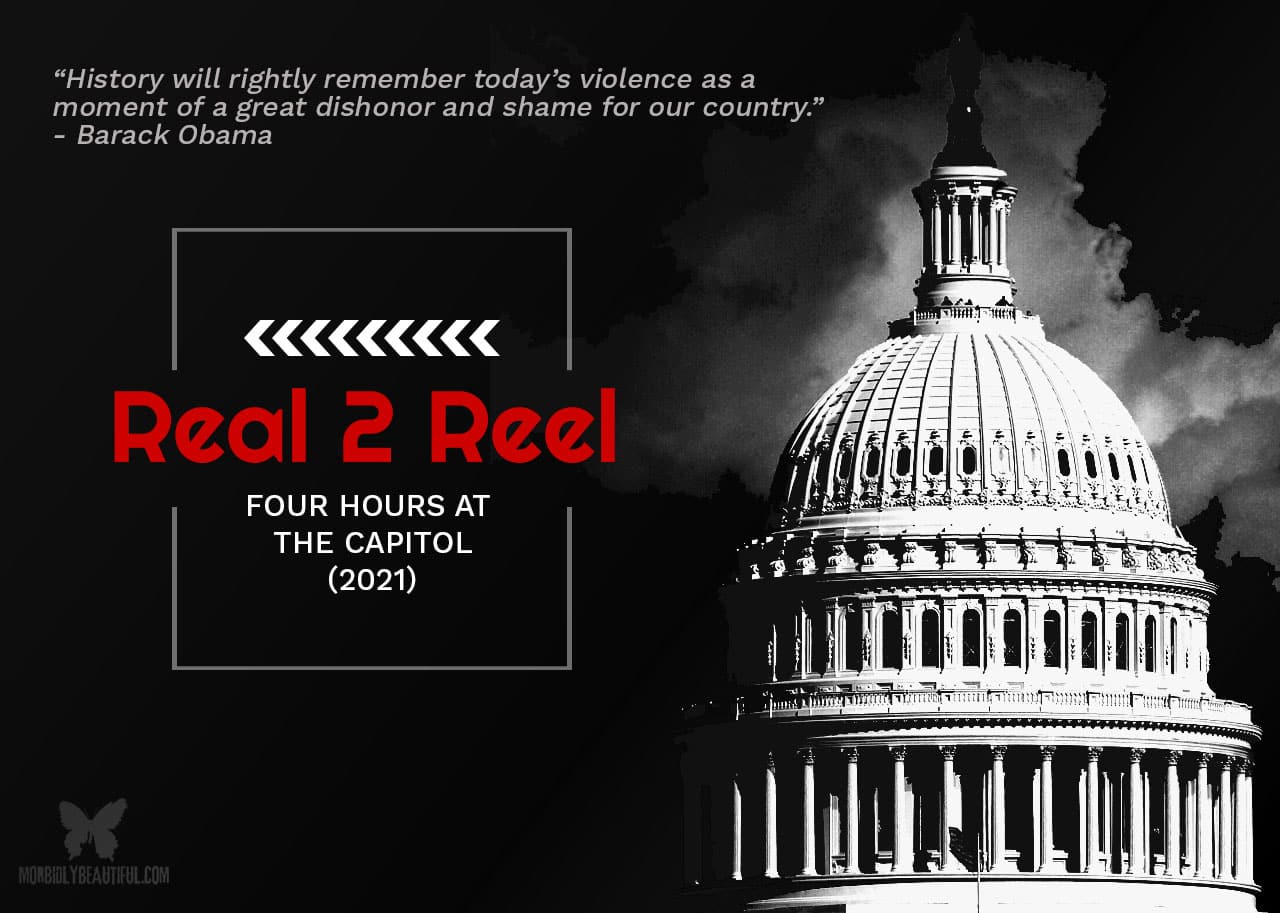
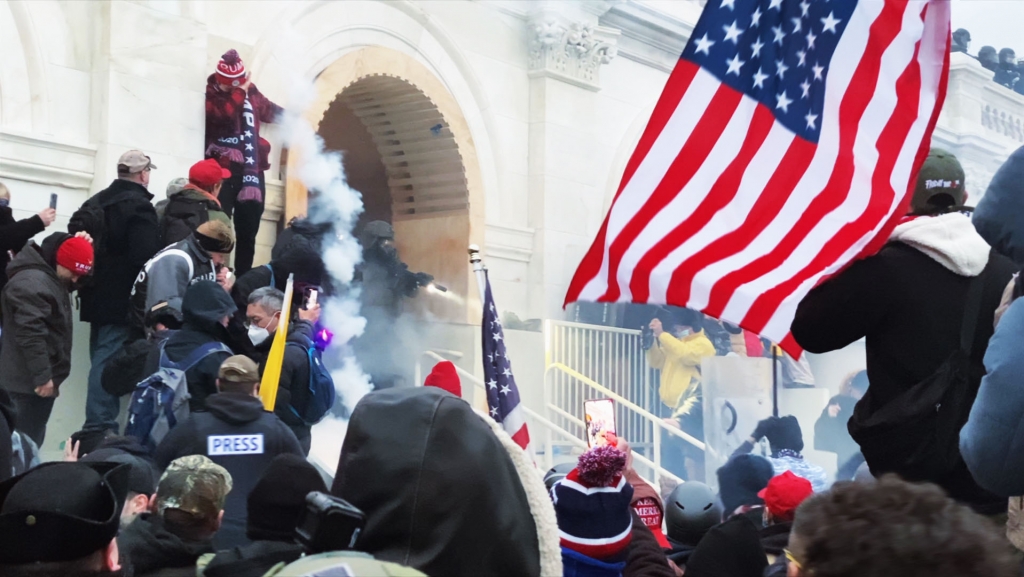
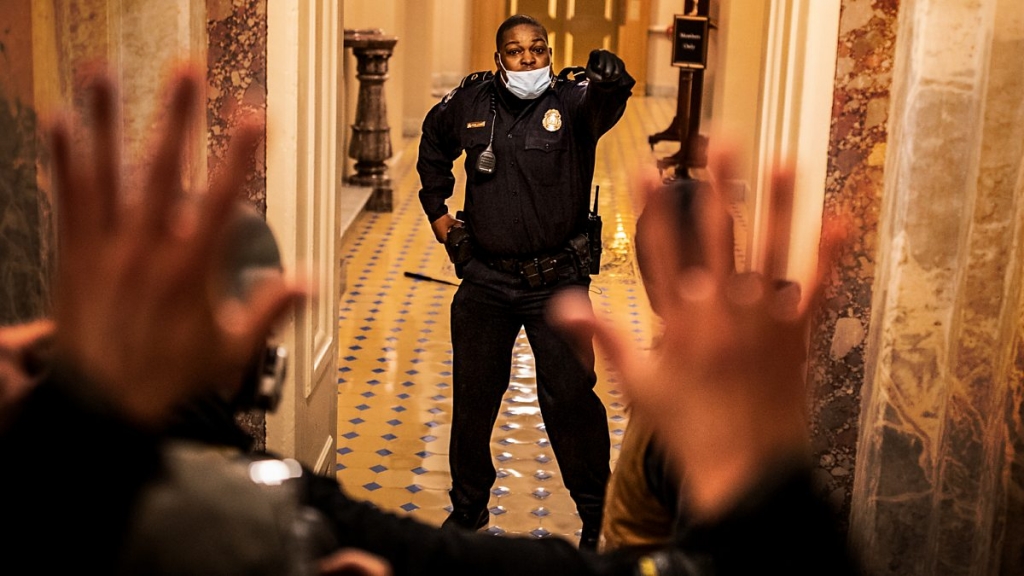
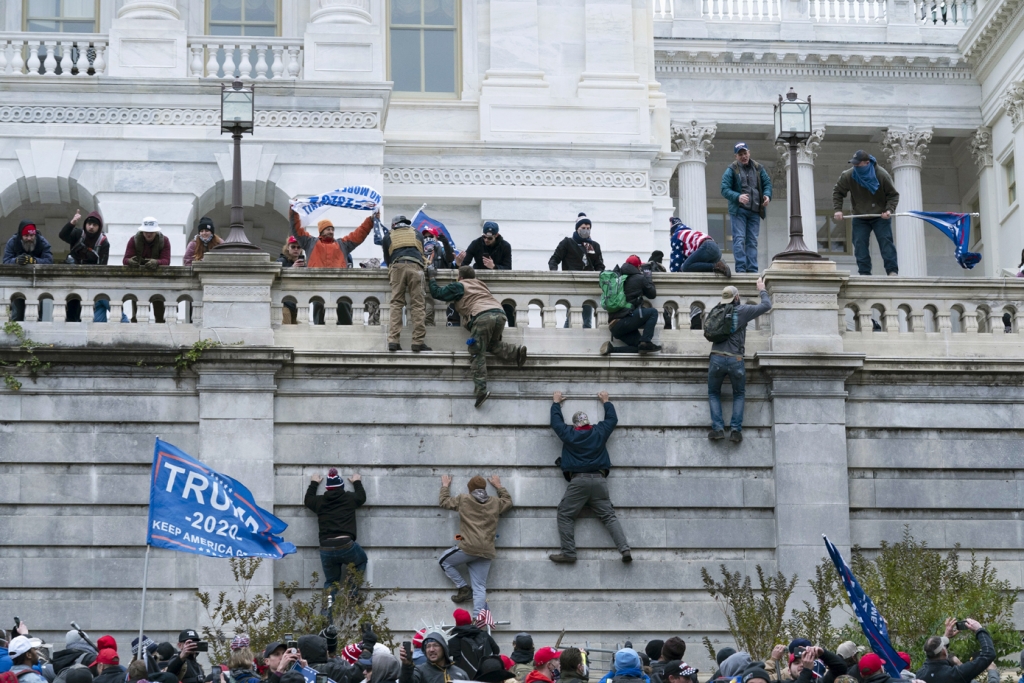
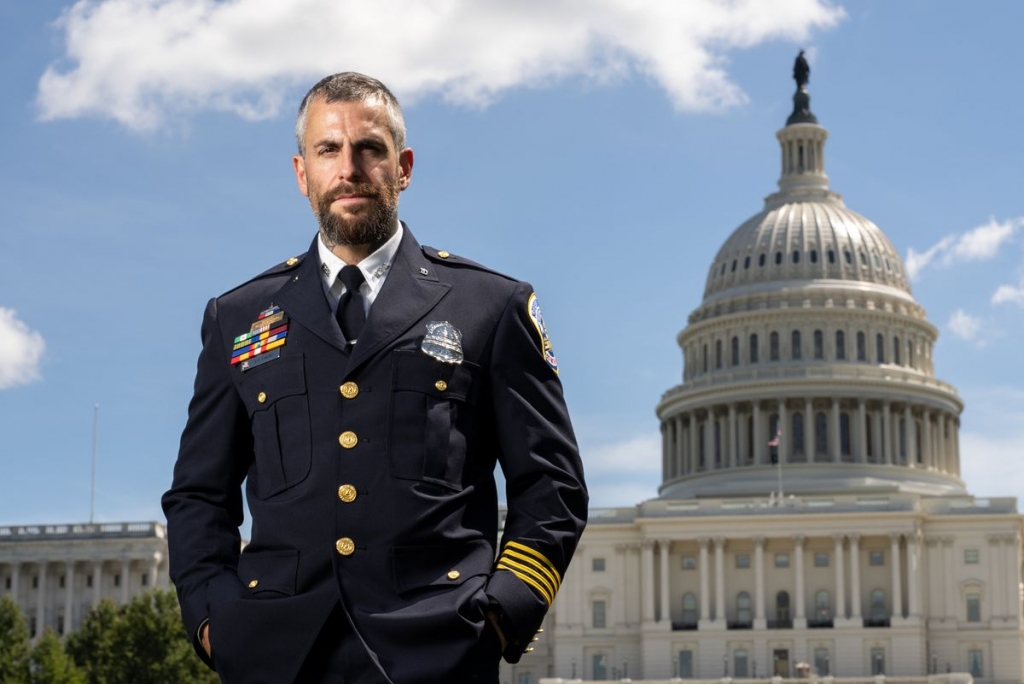
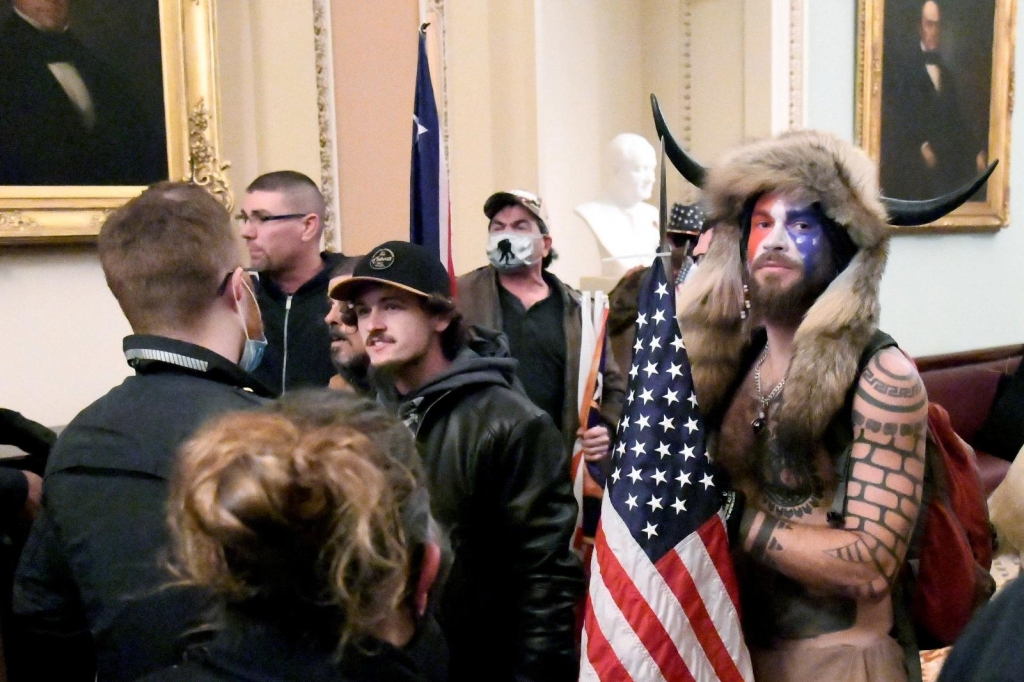













Follow Us!